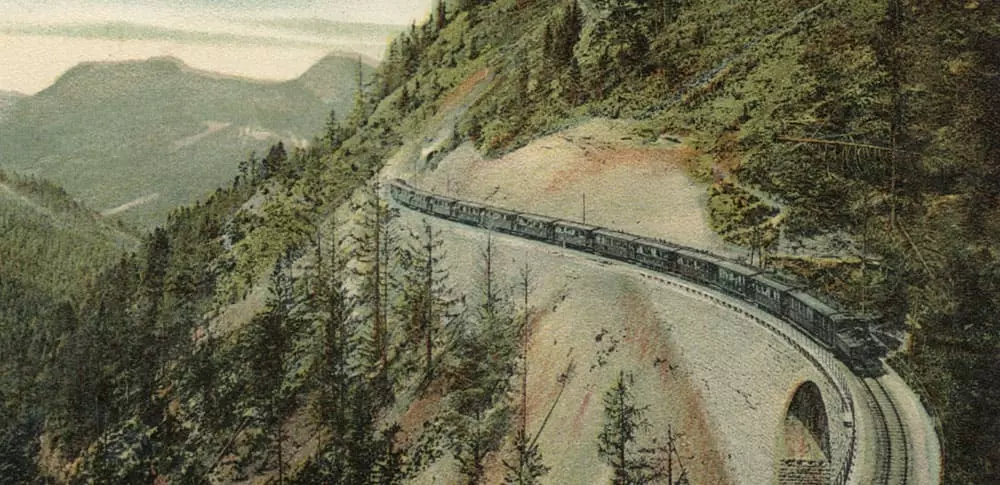At STRUCINSPECT, we are excited to be delivering our digital know-how to a prominent, historical Austrian landmark – the Mariazell Railways, or Mariazeller Bahnen. The railway, located in Mariazell, Lower Austria, is a highlight of Austria’s historical engineering capabilities and we are very excited about applying the latest in structural inspection technology to play our part in its upkeep and continued operations.
The project also marks a milestone for STRUCINSPECT in applying our innovative structural inspection technology to a new asset class: tunnels. Having worked extensively with projects dealing with concrete bridges in the past, we will now be applying our solution to a total of 21 tunnels in this ongoing project.
A Trip into Austria’s Engineering History
The Mariazell Railways commenced passenger service from St.Pölten to Mariazell over 114 years ago, in May of 1907. Located in a mountainous region at the eastern tip of the Alps, the construction was a challenging task at the time. Due to the terrain, the engineers decided on a 760 mm narrow-gauge railway, which passed through one of the masterpieces of Austrian engineering, the 2,369 m long Gösing Tunnel – the longest narrow-gauge railway tunnel in Austria.
Fast-forward over a century into May of 2021 and the Lower Austrian Railways (Niederösterreich Bahnen), the engineering consultancy Fritsch, Chiari & Partner ZT GmbH (FCP), data capturing specialists Stolitzka & Partner Ziviltechniker GmbH (VSP) and STRUCINSPECT have come together to create a digital twin model for damage detection, documentation and archiving for one of Austria’s most historical feats of engineering.
Then and Now: From Manual to Digital
Previously, inspectors had to move through tunnels and manually note damages they observed by means of visual inspection. Oftentimes, a tunnel would need to be shut while this was going on. At times, inspections of infrastructure projects mean that scaffolding is erected or that sections of roadways are closed. These activities all come with a high degree of labor- and time-intensiveness. Not least of all, this added manpower carries a degree of risk with them that can be significantly reduced when using innovative digital technologies as a supporting solution.
Today’s status quo means being able to employ the latest in hardware and software development, from laser scans to high-resolution cameras, in combination with an innovative digital inspection service hub. This helps to carry out the required work with high degrees of accuracy and in considerably less time.
Digital inspections make it easy to save time on travel as the inspection site can be “visited” remotely, delivering data directly to the desktop of the responsible stakeholder. The digital twin of a given asset provides an optimal representation of the physical structure in all its intricacies.
Where STRUCINSPECT Makes the Difference
Using a customized data collection vehicle on rails, developed by VSP, high-resolution images were captured and transmitted to the STRUCINSPECT team. Based on this information and the digital analysis by STRUCINSPECT, FCP – as the general consultant of the project – will now be able to produce a digital twin with the damage report.
Acting as a software provider, STRUCINSPECT provides the necessary solution to extract maximum value from high-resolution image capturing. STRUCINSPECT offers a key part of the puzzle that makes it the perfect companion for engineers focused on damage detection – be it bridges or tunnels. STRUCINSPECT’s solution helps engineering firms achieve the next level of results by supporting their expertise with the competencies of digital inspection software, from visual inspection and assessment to reporting and documentation. The software ultimately acts as an enabler. STRUCINSPECT helps engineering firms to unlock additional potential in the work of structural inspection and damage detection in ways that were previously not possible.
Do you want to apply the same kind of advantages to your inspection projects?

